A lot of the previews we’ve seen seem to indicate that 9E will be tilted more towards melee combat than previous editions. So what will that mean for army construction? Click to read on, or check out the Tactics Corner for reviews and strategies.
We’ve seen a decent number of previews of 9th so far, and while we certainly don’t know the whole story yet, it does seem like the designers have intentionally tilted the game towards close combat. The removal of overwatch, the shrinking of the board size, changes to terrain, and more all give some strong edges to melee attackers, who in many cases were already very strong options in 8th edition. (Contrary to the line you’ll often hear, melee is, in fact, a major component of 8E and has been since the beginning.) So let’s look at some ways that this is going to shift list designs.
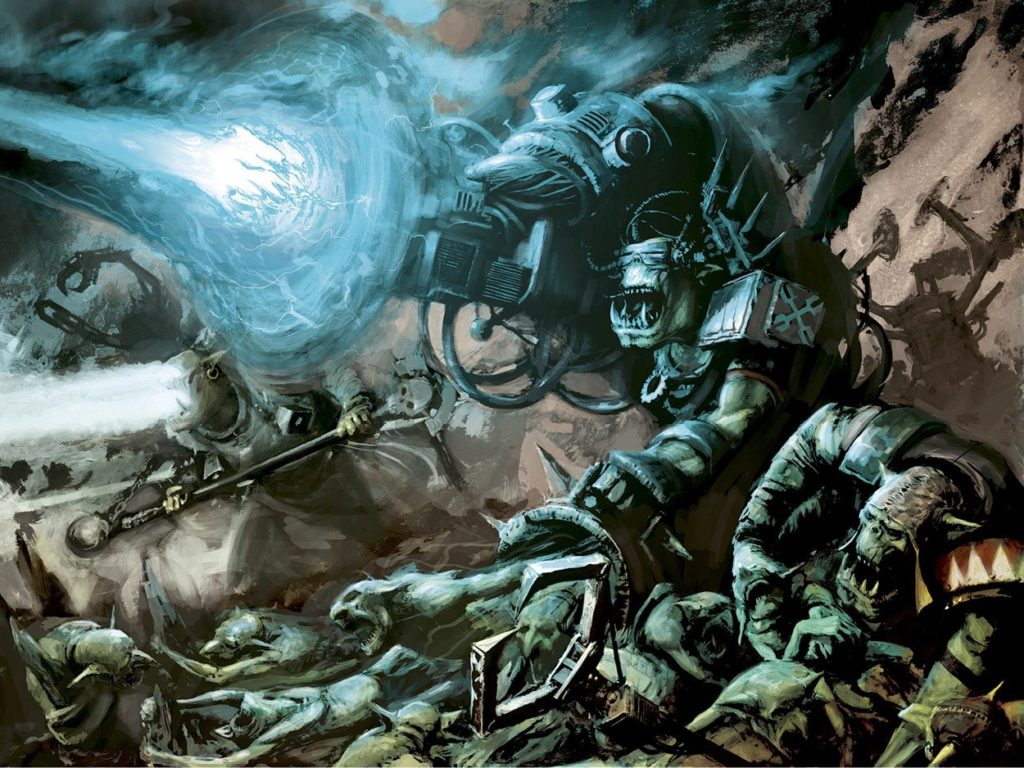
More Screens
When two melee armies go head to head, there are a number of factors that can be decisive, but one of the most important is who gets the first punch in. Just as with shooting combat, the side that gets to hit the enemy first is going to be at a major advantage in most cases- but unlike shooting, with melee the deciding factor isn’t necessarily going to be who has the top of turn. Instead, in melee combat things are usually decided by who gets off the charges, as charging lets you strike first and most armies don’t have access to other ways to push themselves up in the combat sequence.
So if you aren’t playing Slaanesh, and don’t have a fancy relic like the Vexator Mask, you’re going to need to control when charges get to happen in order to be able to pick the order of combats- and that means screening units. Most people tend to think of screening units as a way for shooting armies to prevent their “real” firepower from getting assaulted, but they can also be used a lot of other ways- most notably here, to deny the enemy charges against your own melee units. If we are going to see an edition where a lot of battles tilt on the results of how melee combat goes, using and deploying screening units will become absolutely critical to winning games.
(Strike First abilities will similarly become very big, although it’s going to be a lot more complicated than that. However, look for Slaanesh Daemons and Emperor’s Children to suddenly become a lot more popular.)
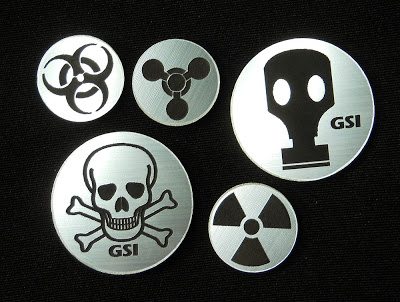
Objectives Will Change Hands More
So, one of the other things we know about the new edition is that objectives are scored at the beginning of the turn in progressive missions. This won’t be all missions, but it certainly will come up in a significant number of them, and in a world with a lot of melee combat that is going to mean that many times people simply won’t hold objectives.
With armies looking to move in aggressively on each other, this means your objectives are going to more often come under attack- often by models that want to move on top of said objective as part of the attack. Holding onto a midfield objective is going to be a lot more difficult when you and your opponent are fighting tooth and nail with each other for space on the board, and holding onto it for a full game turn? That’s going to be even harder. We may well see games where top armies don’t hold an objective until turn 3 at times. I wouldn’t expect that to be the standard, but it likely will happen.
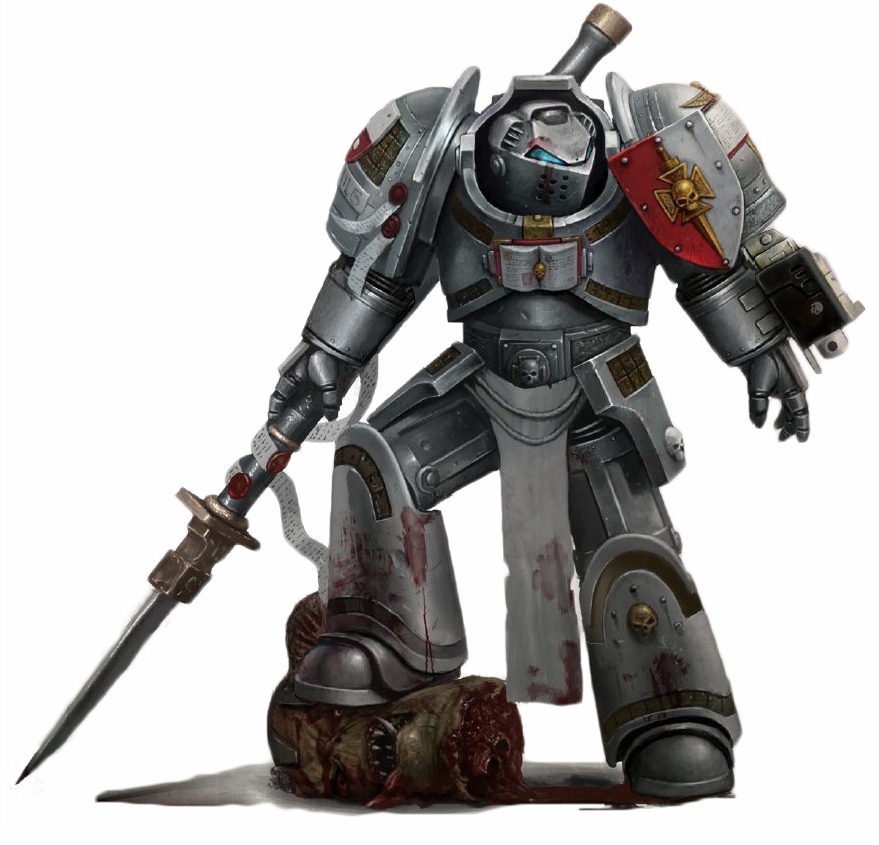
Units will Need to Balance Attributes
Right now, assault units need two things: speed, to get to the enemy and pull off a wrap and hitting power, to threaten targets of the appropriate type (whether that means weight of attacks, good AP/damage, or whatever.) Resilience is, for the most part, an afterthought- your entire plan is simply to never get shot by virtue of being behind terrain or in combat. But that’s not going to fly in 9th edition, because it will be fairly easy for most people to escape from wraps- they will still occur, of course, but it’s going to take a lot more effort and a lot more mistakes on someone’s part to stay safe (especially because vehicle wraps are inherently dangerous in and of themselves.)
So I think you’ll see a push more back towards a balance between the three features- speed, resilience, and damage output- more than we have in the past. The expectation of encountering enemy melee units being so much greater, which cannot be hidden from in the same way and will usually be able to inflict at least some damage, will also add to this; there are a lot more “fight on death” effects around these days as well, and trying to guarantee a wipeout of anything you charge into is being very optimistic with some things. I think we can expect that people will more strongly consider resilience as a major factor with melee units, especially at the expense of speed- after all, if the other guy is planning on coming towards you anyways, it’s less critical to be able to cross the board in a single turn.
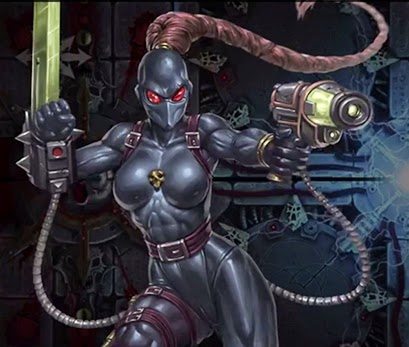
Characters Are More Vulnerable
Character protection has been a frustrating thing all through this edition, with it often creating some meta-defining lists that used or abused it in a variety of ways. With much of the edition, especially the early edition, controlled by shooting or psychic lists, characters could often be rendered essentially invulnerable by having a wall of bodies in front of them or some strategically-placed units behind ruin walls.
With melee combat, though, this is no longer the case- characters are in just as much danger as anyone else, especially since they have to stay close to units to give out auras or benefit from shooting protection. Although they certainly can be more than dead weight with Heroic Interventions and the like, this is only by virtue of placing themselves in danger of getting mulched by those same assaults- and this applies almost regardless of faction. Every character is going to want to be next to something, which makes them vulnerable to multi-charges even despite the new rules.
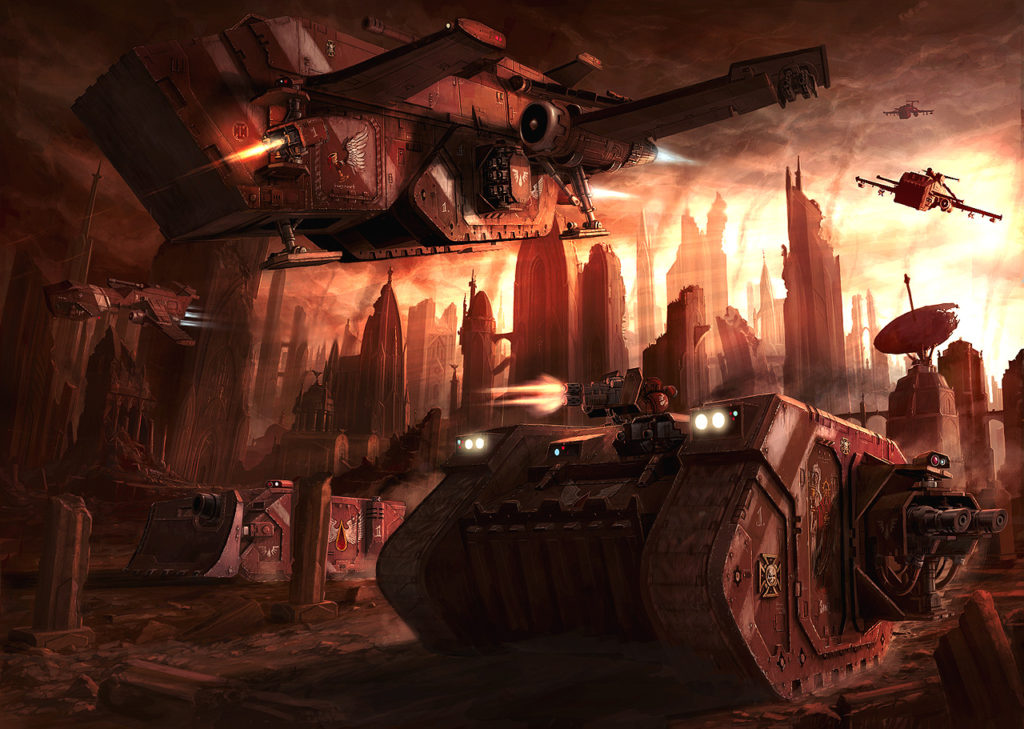
Terrain Will Have Less Direct Effect (maybe)
Terrain, through most editions, has largely been about mitigating shooting; assaults simply don’t care about cover all that much. There are, of course, new terrain rules that interact with melee combat more (both in positive and negative ways), but even with the ones we’ve seen so far it really looks like the status quo will stay: terrain is for shooting. Melee doesn’t care.
Melee doesn’t need line of sight to targets, and melee combat tends to be a lot more deadly than shooting in general so even when cover saves do apply to melee they often won’t make a huge difference in the final outcome. Close combat is more about positioning, since most relevant models can simply go over, around, or through terrain as needed- and while, yes, this can mean failed charges at times due to the distance required, that is a choice players can make with full foreknowledge and plan around as opposed to line of sight-blocking terrain with shooting armies, where you simply… can’t do anything about it. It’s there, and you’ll live with it.
Brave New World
Of course, there’s still a million things we don’t know about the new edition, from points costs to rules changes to FAQs, and any or all of those might totally invalidate one or more of the above points. But if we do see a push towards more melee, I think at least some of them will hold true- and I’m eager to see how the new meta pans out, because it is looking to be extremely different from what we have seen before. Combined with GW’s newfound attentiveness to the state of the game, I’m hoping we see even more variety of lists than even 8th Edition has brought us.
As always, remember you can get your wargaming supplies at great discounts every day at the Frontline Gaming store, whether you’re looking to expand an existing army or start a new one.
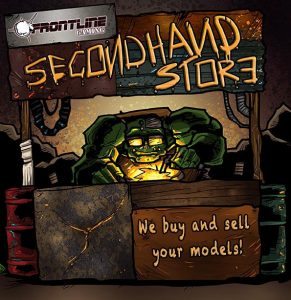

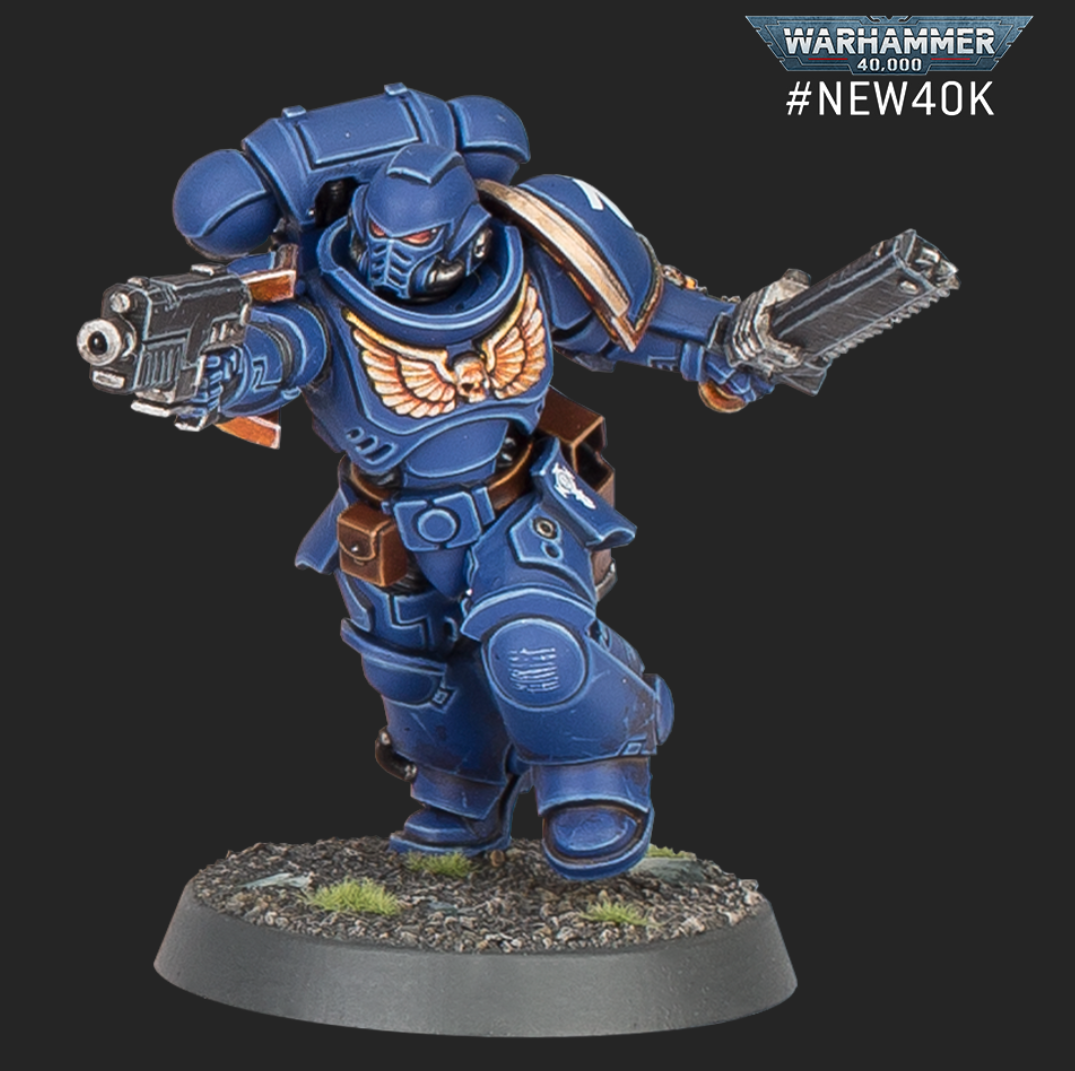
One thing I don’t get is why the changes to the fight phase would make Always Strikes First that much more valuable. In 8th, a unit goes second if charged (even with ASF) and then its player gets first pick of combat activation next turn, so two consecutive fight activations aren’t rare. If they have ASF, you can guarantee they get two consecutive activations regardless of whether they’d be your first pick. In 9th, you’ll only get two consecutive activations if you’re charged and have ASF — but compared to 8th, that should only reall matter with regards to the first activated unit that phase, which will now be in the charger’s hands. So in other words, assuming army-wide ASF (unit-exclusive still kinda blows), you’ll get one extra activation compared to 8th before the enemy at most? Doesn’t seem so game changing.
The non-active player getting to choose a unit first means that they can choose to fight with the unit that will have the most chance of swinging the combat- rather than the opponent getting to do the same. And in cases where there is only one charge (which won’t be uncommon), they simply get to go before the enemy does, negating the advantage of charging entirely.
Getting to be the one to pick the first unit is huge. It means that the enemy _has_ to take at least some attrition when going into you, even in a best-case scenario.
But chargers still go first against ASF, no? It only makes a difference if the charged unit survives the first round.
My understanding is that they do not. The non-active player chooses the first unit to fight, with chargers and ASF units having to be picked before other units. So if you have ASF, you’ll get the first choice even when charged.
(I fully admit I could be wrong on this.)
Some of my favorite games from 8th were taking my melee-centric CSM army against a similarly melee opponent, such as GSC or a possessed bomb. I really enjoyed the game of pushing cultist or daemon engine screens out to deflect or bait charges, and then following up with powerful counterattacks from a 20-man berserker block. (Alpha Legion, for conceal, of course.)
I’m sure 9th will play very differently across the board, but I hope to see more games with that cat-and-mouse assault unit flavor in them.
I think it can add a lot of interactivity to the game, yeah. I do hope that the changes will leave shooting-centric armies like Tau viable, but a stronger focus on melee is by no means a bad thing.
This is all sounding great for lychguard!!
Will get great mileage out of Guardian Protocols.
Terrible mobility no longer a deal breaker.
Being able to choose how you score objectives will allow them to be effective even if your opponent doesn’t want to engage.
It’ll be a criminally missed opportunity if crons don’t get a fight on death stratagem. Deathless robots cmon.
Still a lot to know, but I don’t foresee a melee meta for 9th. Melee got some buffs, melee got some nerfs. Some units will get better, others will get worst. And I don’t think the new pros will outclass the new cons, for the average player.
With the extra dificulty on tripointing, throwing units into melee will result in sacrifice more often, and the average player is reluctant to make sacrifices. The 2×1 trade is also discarded, as multiple charges are loosing consistency.
If I foresee something, is a lot of ignoring LOS units. That doesn’t mean melee is disappearing, tho. Melee units will be different, and they will impact differently.
There is a lot of speculation that ignore-LOS weapons will get some kind of nerf, possibly -1 to hit, as they have been so dominant and so noninteractive this edition. We don’t know anything yet, but I wouldn’t be surprised to see it. But even if we don’t, most factions simply don’t have any options there; really, it’s just Tau, Guard, and Marines that have access to those guns.
The added difficulty in tripointing means that melee vs shooting matchups have an additional layer of danger, but if boards are smaller and terrain makes it harder to shoot effectively, that may not matter a lot- you won’t get a chance to use those guns when the enemy is on your turn 1.
Tau, IG, Marines, and Nids (hive guard and biovores say Hi).
Yeah, Hive Guard count for sure, although I’m not sure if Biovores do- though that may change with the new rules. But I wasn’t counting factions that had only one major unit; Craftworlds have the Night Spinner, but I don’t think that alone is enough to build an army or strategy around, nor are the Guard by themselves.
It wasn’t explicit, but the Faction Focus: Death Guard article indirectly address this. Based on the below excerpt from that article, it seems charging units still strike first. Who knows though, there are a lot of rules untold.
Since the player who isn’t taking their turn gets to choose the first non-charging unit to fight with, the Foul Blightspawn’s Revolting Stench ensures that the Blightlords will fight first against any enemy units that dare charge them.